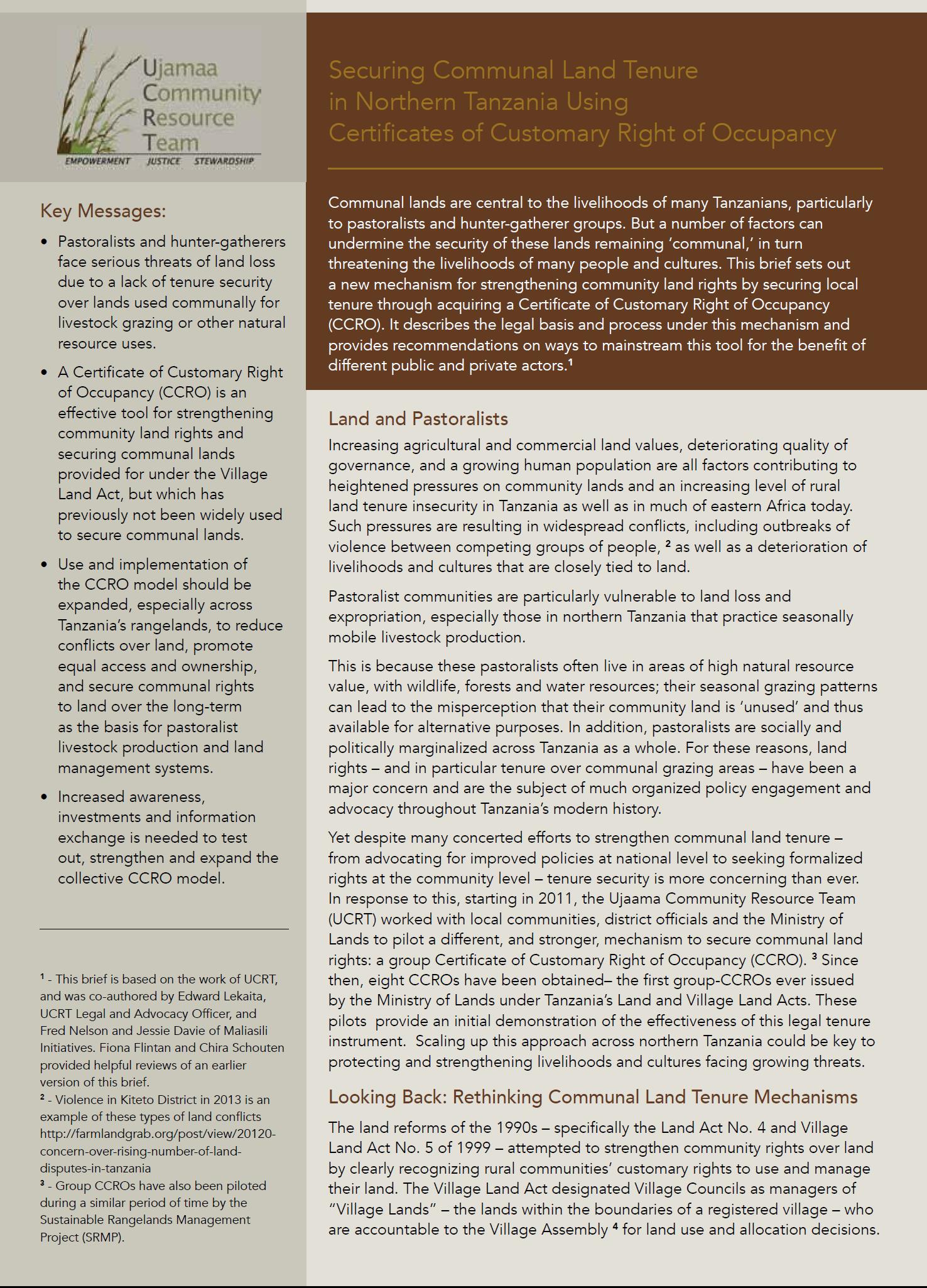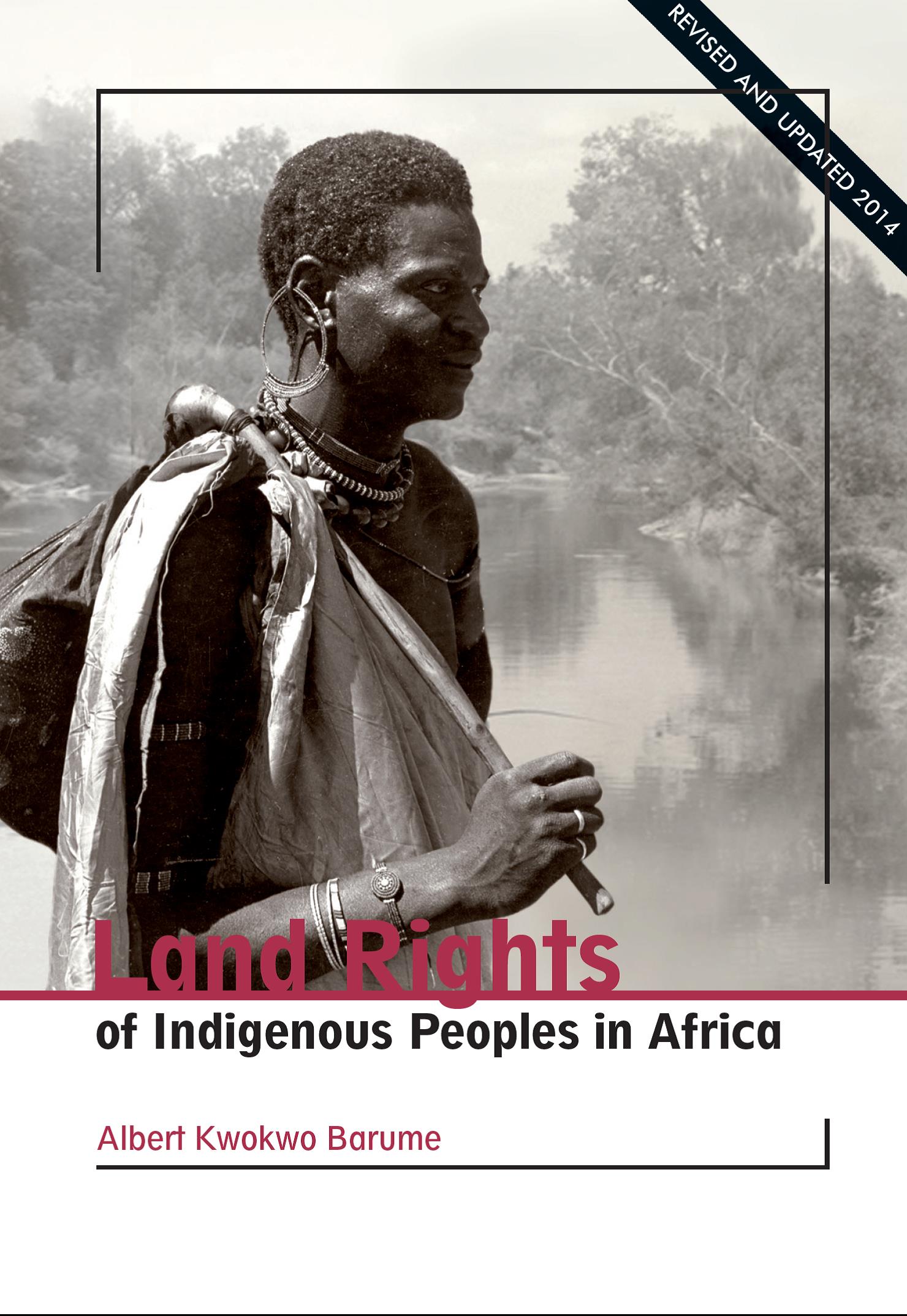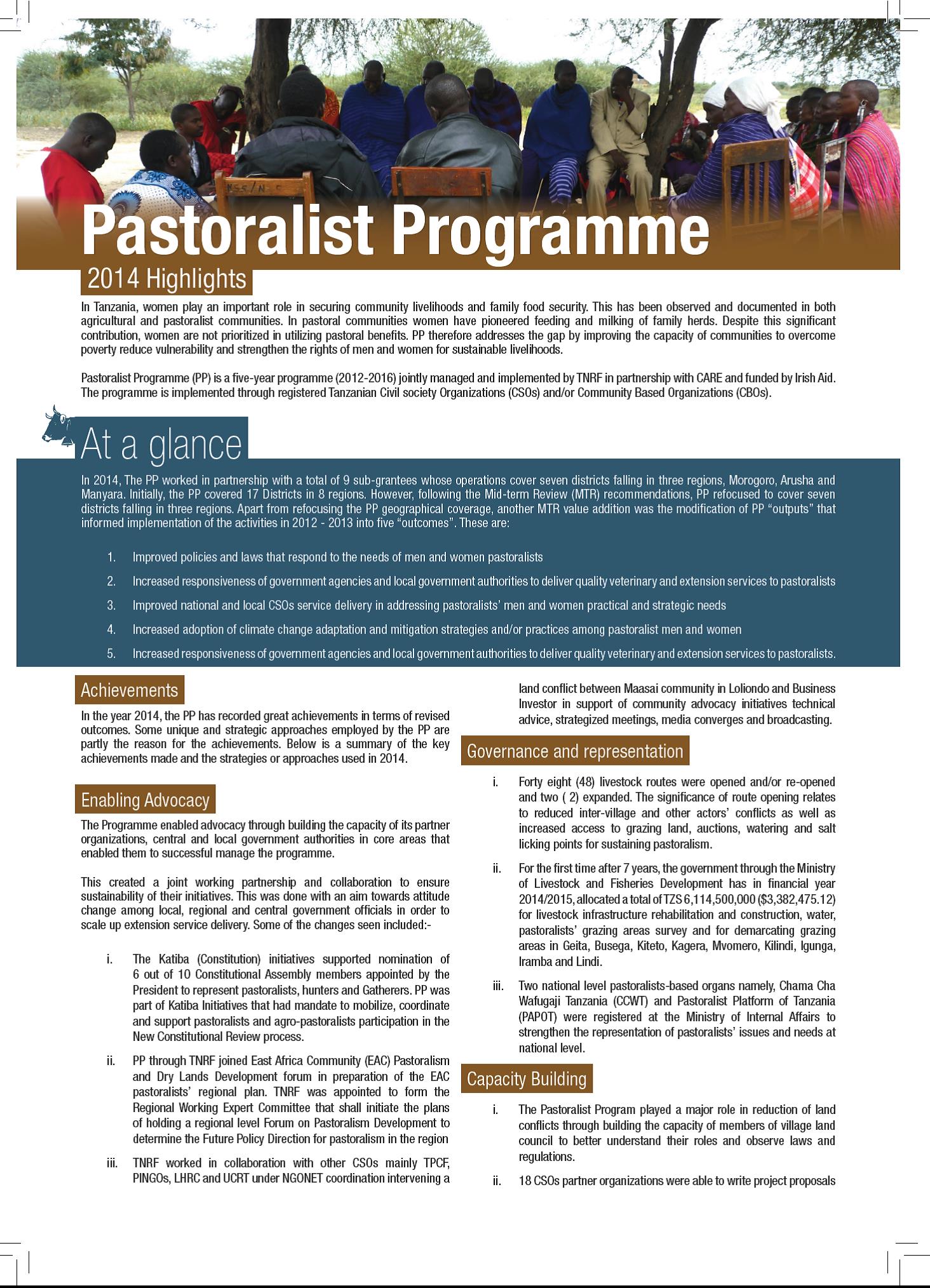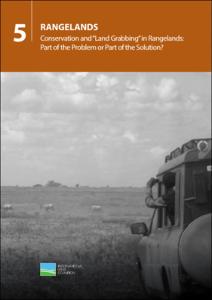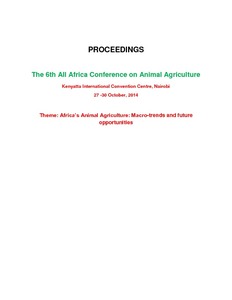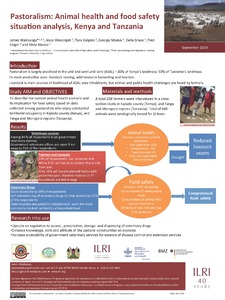Sustainable livestock insurance for pastoralists
Securing Communal Land Tenure in Northern Tanzania Using Certificates of Customary Right of Occupancy
Communal lands are central to the livelihoods of many Tanzanians, particularly to pastoralists and hunter-gatherer groups. But a number of factors can undermine the security of these lands remaining ‘communal,’ in turn threatening the livelihoods of many people and cultures. This brief sets out a new mechanism for strengthening community land rights by securing local tenure through acquiring a Certificate of Customary Right of Occupancy (CCRO).
Land Rights of Indigenous Peoples in Africa
This revised and updated edition of Albert Kwokwo Barume’s book from 2010 reflects some of the latest developments affecting Africa’s indigenous peoples and their land rights.
Pastoralist Programme
In the year 2014, the PP has recorded great achievements in terms of revised outcomes. Some unique and strategic approaches employed by the PP are partly the reason for the achievements. This brief is a summary of the key achievements made and the strategies or approaches used in 2014.
ENGINEERING ETHNIC CONFLICT THE TOLL OF ETHIOPIA’S PLANTATION DEVELOPMENT ON THE SURI PEOPLE
Recently dubbed “Africa’s Lion” (in allusion to the discourse around “Asian Tigers”), Ethiopia is celebrated for its steady economic growth, including a growing number of millionaires compared to other African nations. However, as documented in previous research by the Oakland Institute, the Ethiopian government’s “development strategy,” is founded on its policy of leasing millions of hectares (ha) of land to foreign investors.
Conservation and “land grabbing” in rangelands: Part of the problem or part of the solution?
Large-scale land acquisitions have increased in scale and pace due to changes in commodity markets, agricultural investment strategies, land prices, and a range of other policy and market forces. The areas most affected are the global “commons” – lands that local people traditionally use collectively — including much of the world’s forests, wetlands, and rangelands. In some cases land acquisition occurs with environmental objectives in sight – including the setting aside of land as protected areas for biodiversity conservation.
Pastoralism in Kenya and Tanzania: Challenges and opportunities in animal health and food security
Pastoralism is used to describe a society that derives majority of their food and income from livestock. This form of farming system is largely practised in the arid and semi-arid lands (ASAL). It is estimated that 70% of the landmass in the Horn of Africa is dry land; in Kenya 80% of the landmass is classified as ASAL, while approximately half of Tanzania consists of dry land. These dry lands support wild resource harvesting, tourism but most importantly livestock rearing.
Conservation and “Land Grabbing” in Rangelands: Part of the Problem or Part of the Solution?
Large-scale land acquisitions have increased in scale and pace due to changes in commodity markets, agricultural investment strategies, land prices, and a range of other policy and market forces. The areas most affected are the global “commons” – lands that local people traditionally use collectively — including much of the world’s forests, wetlands, and rangelands. In some cases land acquisition occurs with environmental objectives in sight – including the setting aside of land as protected areas for biodiversity conservation.
Lands of the Future: transforming pastoral lands and livelihoods in eastern Africa
Pastoral and agro-pastoral areas in eastern Africa and elsewhere have long been regarded as peripheries in economic terms and in terms of social and cultural accomplishments. Although biased perceptions of the ‘unproductive’ uses of pastoralism have become outdated, government policies still do little to formally recognise or integrate pastoral lands as critical parts of rural livelihood systems and economic development models.
Pastoralism: Animal health and food safety situation analysis, Kenya and Tanzania
Pastoralism is a farming system in societies that derive majority of their food and
income from livestock production. This form of farming system is practised in the
world’s arid and semi arid lands (ASALs). It is estimated that 70% of the landmass
in the Horn of Africa is dry land; in Kenya 80% of the landmass is classified as ASAL
while approximately half of Tanzania consists of dry land. These dry lands can only
be effectively utilised when used for livestock rearing, supporting wildlife resource
harvesting and tourism.



